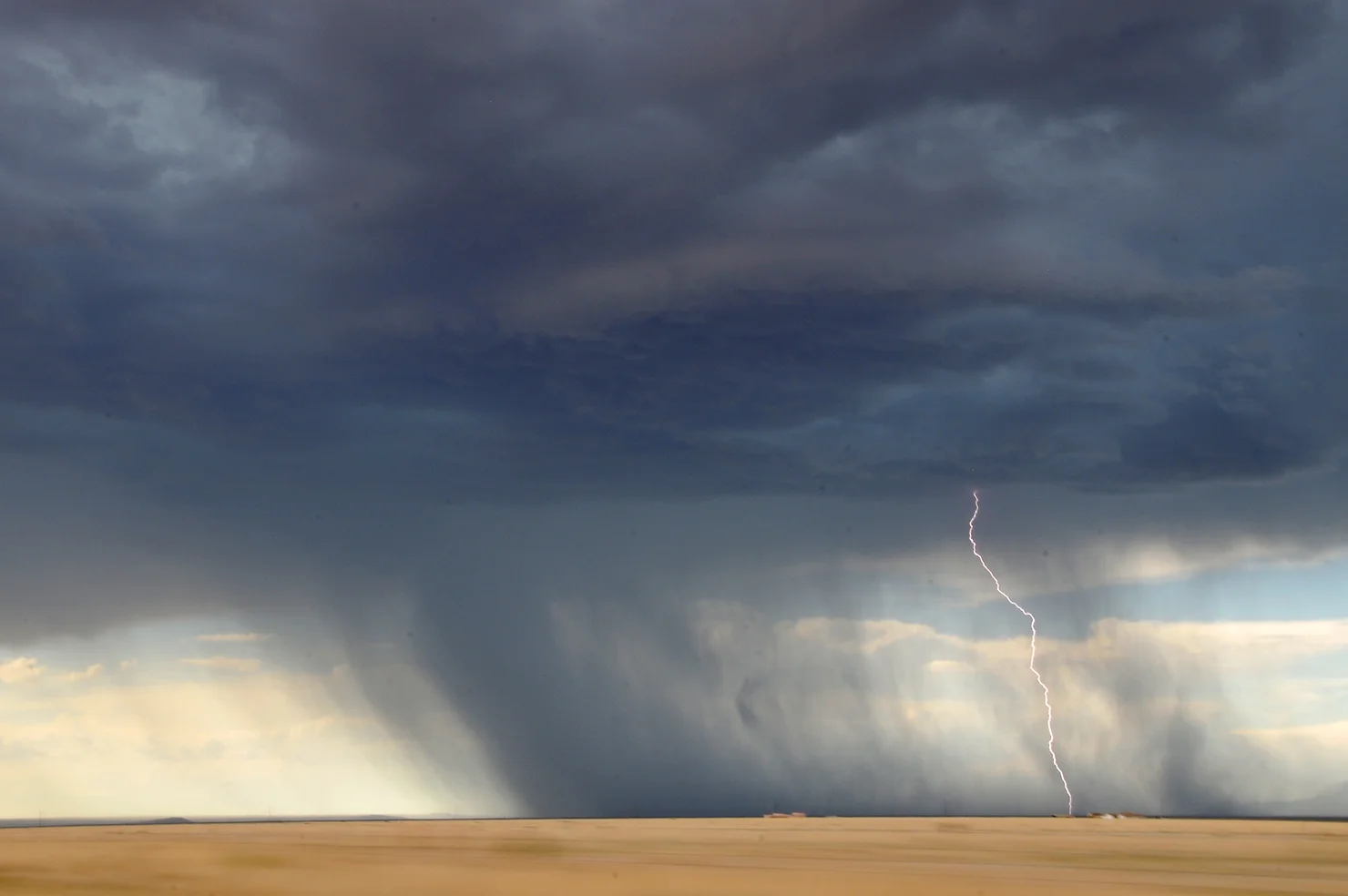
Why Does My Chimney Leak When It Rains?
Discover the common causes of a leaking chimney during rainy weather and learn effective solutions to prevent further water damage.

In the face of increasingly unpredictable weather patterns, our homes are subjected to diverse challenges. From scorching summer heat to bone-chilling winter cold, the exterior of our homes, particularly the roof, bears the brunt of these climatic extremes. This article provides an in-depth analysis of the various ways severe weather can impact your home's exterior and underscores the importance of timely roof replacement, a key aspect of effective home preparation.
Excessive heat, particularly during the peak summer months, can create havoc on your home's exterior, especially the roof. A poorly ventilated attic can trap heat, causing the wooden structures inside to warp over time. This can lead to structural problems and potential damage to your home's interior. Furthermore, extreme heat can cause roof shingles to curl or even detach, leaving your roof vulnerable to water damage during the next rainfall.
Roof replacement by a professional roofing contractor like Lifetime Quality can ensure that your home is equipped with a sturdy, heat-resistant roof that can withstand the harshest summer heat.
UV rays from the sun can cause exterior paint to fade over time. During extreme heat, the paint may peel, chip, or detach from your home. This deterioration can not only mar your home's aesthetic appeal but also expose the underlying materials to the elements, leading to further damage. Regular maintenance and touch-ups can help keep your home looking fresh and well-protected against the summer sun.
Frost heave refers to the upward swelling of soil during freezing conditions, a phenomenon that can cause significant damage to your home's foundation and exterior structures. This process occurs when water in the soil freezes and expands, pushing the soil upward. While frost heave is rarely a problem for heated buildings, unheated structures such as garages and sheds can be susceptible to this issue.
Preventive measures such as choosing the right type of soil for your property and ensuring proper drainage can help mitigate the effects of frost heave.
The cold winter months can also bring about issues with your front door lock. Moisture from rain or snow can freeze inside the lock mechanism, making it difficult or even impossible to open the door. Thawing the lock carefully or using a commercial de-icer can help resolve this issue.
Plunging winter temperatures can cause the water in your home's pipes to freeze. This is particularly true for pipes located in unheated areas of your home, such as the attic or garage. If the frozen water inside the pipe expands, it can cause the pipe to burst, leading to potential water damage. Regularly checking your pipes and insulating them can prevent freezing and bursting.
An often overlooked aspect of snowfall is the enormous weight that snow can exert on your roof. Accumulated snow, particularly wet snow, can be surprisingly heavy. If it builds up on your roof or in your gutters, it can lead to cracking or damage. As the snow and ice start to melt, the water can infiltrate weak spots in your roof, leading to leaks and water damage.
Regular roof inspections and timely roof replacement can help protect your home from such damage.
Rising damp, caused by groundwater rising up through a wall or floor, can lead to significant damage to your home's interior. This issue can be particularly prevalent during periods of heavy rainfall. Signs of rising damp include peeling wallpaper or paint, damage to the plaster or skirting boards, and wet patches on the walls.
Penetrating damp occurs when water leaks through the exterior walls and spreads across interior walls. This is typically caused by structural issues, such as broken guttering or roofing, cracks in rendering or brickwork, or leaky pipes. Regular home inspections can help identify and rectify these issues, preventing penetrating damp.
Condensation is a common problem in winter, caused by steam generated from activities such as showering and cooking. It condenses on walls, windows, and other surfaces. Ensuring regular ventilation and using extractor fans can help prevent this issue.

Heavy rain, storms, and sudden cloudbursts can all bring the risk of flooding. If you live in a flood-prone area, you should take measures to protect your home from flood damage. This includes ensuring that your guttering and drains are clear and not blocked by fallen leaves or other debris.
Siding, particularly if it's made of wood, can warp and bend due to the heat. Modern siding materials are usually resilient to high temperatures, but extremes can still cause damage. Warped siding can compromise the protective seal of your home, potentially allowing water and pests to infiltrate your property.
Throughout the year, outdoor temperatures can vary greatly, affecting the need for heating or air conditioning in your home. A programmable thermostat can ensure consistent, reasonable temperatures, helping you save on heating and cooling costs.
Excessive heat can kill off grass and plants. Watering more frequently, providing shade for sensitive plants, and using mulch can help protect your plants and keep your yard looking its best, despite the heat.
Engaging a professional roofing contractor like Lifetime Quality is crucial in protecting your home's exterior from severe weather conditions. Lifetime Quality offers expert services in roof replacement and maintenance, ensuring your home is prepared to withstand the harshest weather conditions.
Severe weather can have a significant impact on your home's exterior. From heat damage to frost heave, different weather conditions can lead to various issues. Roof replacement and regular home maintenance can help protect your home from these issues. Trust Lifetime Quality, a professional roofing contractor, to help safeguard your home from the ravages of severe weather.
Remember, timely home preparation is key to ensuring the longevity of your home. Make sure your home is ready to weather any storm with Lifetime Quality.